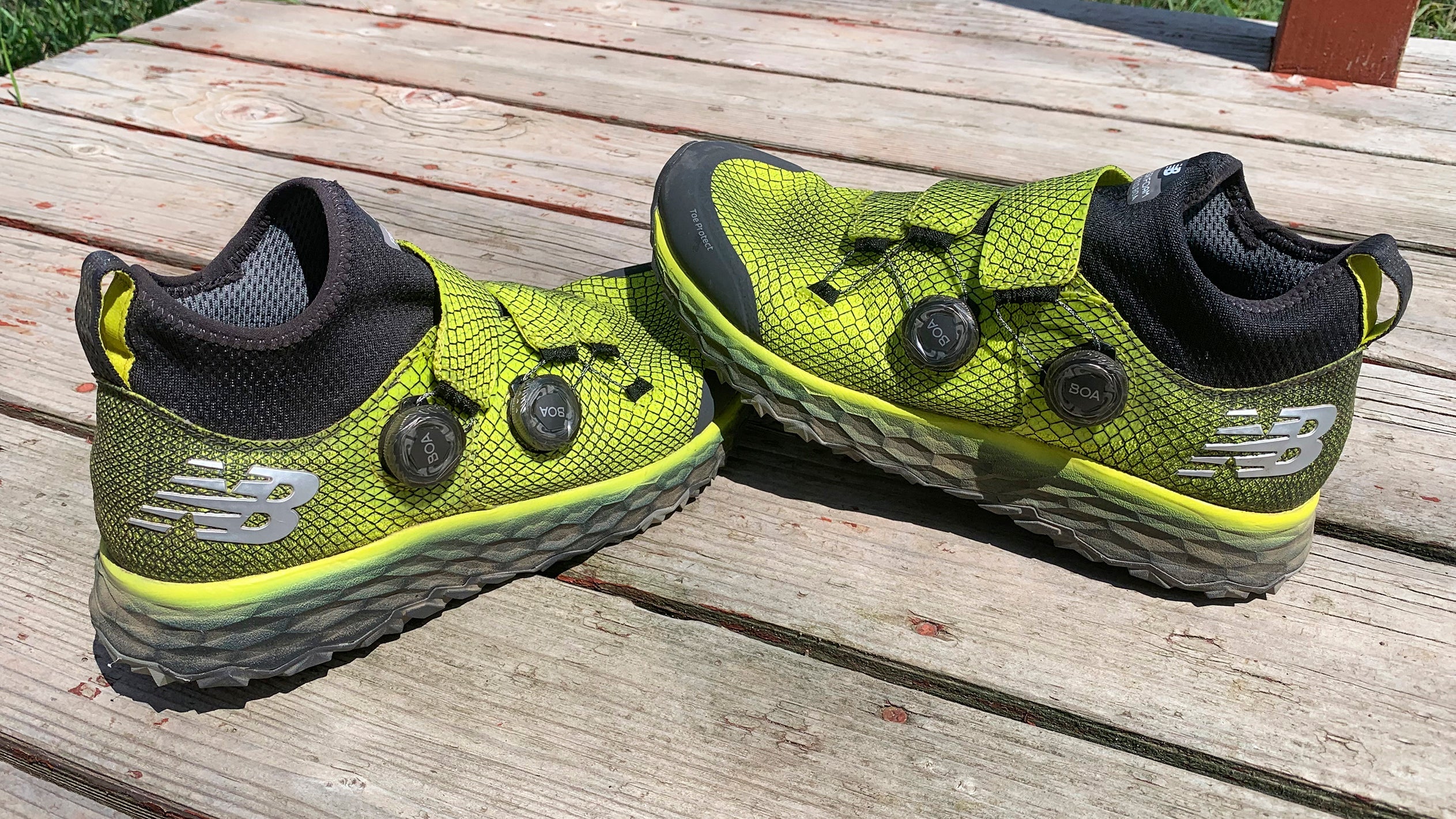The upper of a running shoe often gets overlooked, or considered more about fashion than function. After all, its purpose is simply to hold the foot securely on the sole and stay out of the way as much as possible. But doing that is far more complicated than it may initially seem—given the variability between individuals in the shape of their feet, and the dynamic changes in foot shape throughout the stride.
The upper is also more important for performance than many think. A out of Brazil revealed that different shoe uppers created more consistently-measurable changes in runner’s biomechanics than different midsole materials. This doesn’t surprise Geoffrey Grey, who has observed in on-foot shoe testing at his Heeluxe lab in Santa Barbara that, when given two shoes that have identical soles but different uppers, runners experience the ride differently and will report that the shoes’ flexibility, cushioning, and stability are different.
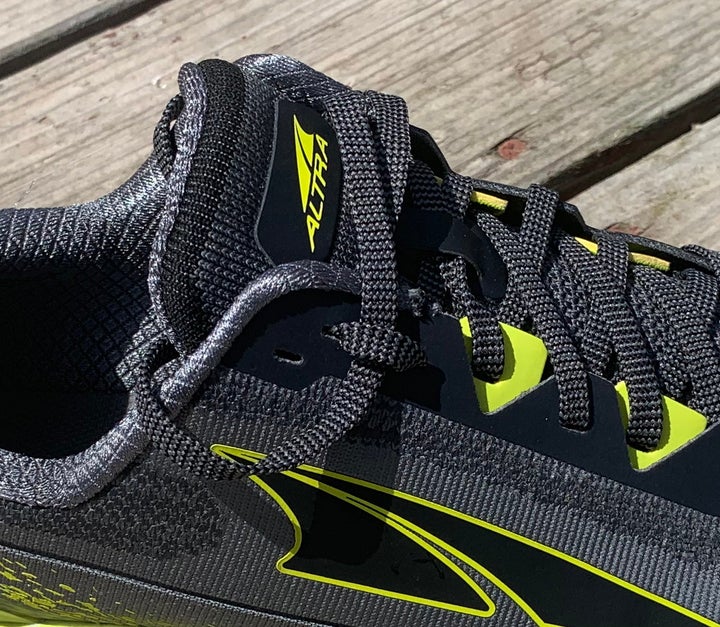
The key to an effective upper is fit, and laces have traditionally been the cornerstone of personalized fit. For good reason: the simple lace, a strand of textile threaded through eyelets on each side of the shoe, is a remarkably adaptable solution. “A traditional lacing system is a very customizable system,” says Jon Teipen, senior manager of footwear product line management at . “The runner can adjust the tension from the bottom of the eye stay all the way to the top. The runner can also skip eyeholes to reduce pressure or avoid hot spots on the foot or utilize the top eyehole for the heel lock lacing.” Some play with the eyelets and lacing more than others. Golden Harper, co-founder of , says, “When fitting shoes, I personally customize the lacing to over half the people I fit.”
Traditional laces are slow and cumbersome, however, leading some designers to select alternatives like a pull-cord lacing system. “The key advantages of Salomon’s Quicklace system is in the enhanced foothold and security it provides,” says Brent James, global product line manager for road run at . “Additionally, it’s quick and easy to tighten or loosen the shoes with Quicklace, so that you can efficiently swap footwear or adjust the fit without having to stop for long. They also don’t hold any water, offer a sleek aesthetic and won’t loosen over time compared to traditional laces.” Dynafit also uses quick lacing for ease and simplicity in tightening the shoe, particularly on their several models where they cover the laces and tongue with a stretch mesh to protect from wear and tear and keep debris out of the shoe.
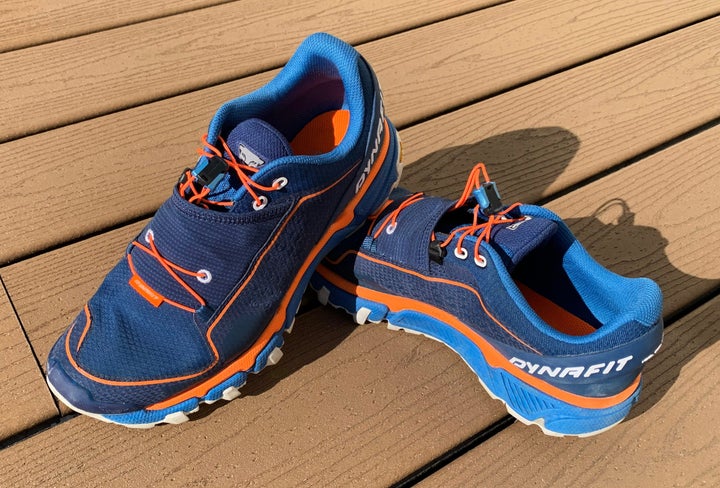
Traditional laces also fail when they inevitably come untied, and they lack precision in tightness. Who hasn’t had the experience of tying and retying your laces and still not getting them quite right? Eliminating this is the goal of BOA fit systems. “What we want you to do is completely forget about your shoe,” says Clark Morgan, account manager and run and athletic fit specialist at . “Instead of feeling frustrated—not as tight as it should be, too tight in one place. You’re in the corral and the shoe is not as tight as it should be—but laces are double tied, nothing you can do about it. The last thing you should be thinking about 45 seconds before a race are things that are limiting.”
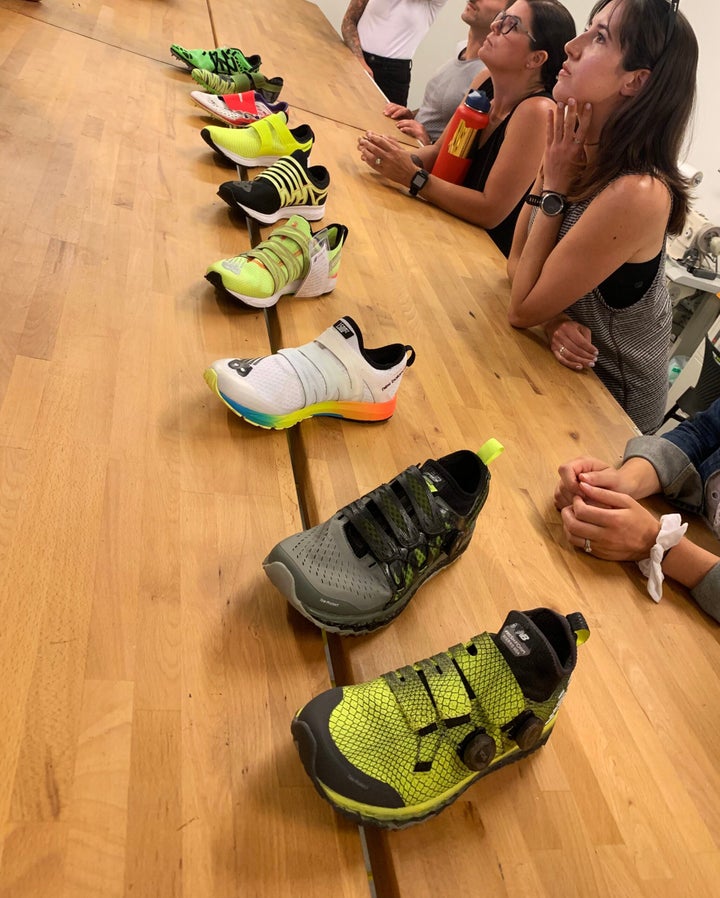
The BOA system uses a ratcheted dial to tighten a thin, light textile cord in precise increments, allowing you to get the same, exact, reliable fit every time. The cord isn’t a replacement for laces but part of a fit system that snugs custom-designed uppers over your foot. “We have no intention of taking a pre-existing shoe and plopping BOA on top of it. That is not what we do,” says Morgan. “Think of it less as BOA closing the shoe but empowering the upper designed for the shoe. We work deeply with the brands to create a fit system for high performance usage.”
The BOA Fit System gains precision, however, at the cost of losing the adaptability of traditional laces. “The drawbacks are that the lace/cable can create pressure points for some people,” says Teipen. “Also, it can be challenging to fine tune the fit between the upper and lower part of the foot.” Runners with mainstream-shaped feet probably won’t have any trouble, but if, for example, your toes are longer than most, or you have a narrow instep and wide ball, you have no option to adjust the position or tightness over distinct parts of the foot.
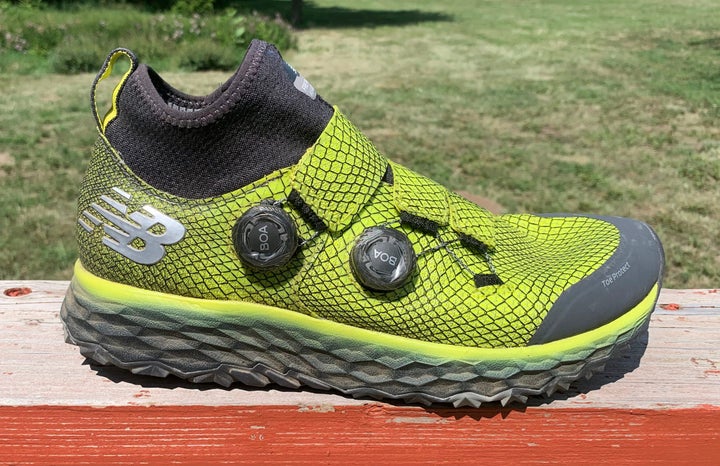
BOA’s newest collaboration with , the Fresh Foam Hierro BOA, takes a big step toward solving this with separate dials controlling the tension on the top and bottom half of the closure system. In our initial testing, PodiumRunner found that the dual system provided a new level of precision fit that worked even for difficult-to-fit feet, and made the Heirro feel more nimble on the trail by being simultaneously more supportive and more flexible than the same shoe with traditional laces.
If comfort and adaptability are more important for you than control, laces provide another new option. These stretchy laces use rubber nodules to control how they slide through a shoe’s eyelets, allowing for variable tension on each crossing—as well as a consistent, slip-on fit. “Our laces customize fitting to the user’s foot shape, which provides more foot-to-sole contact in a performance setting,” says Anthony Pong, managing partner at Caterpy Laces. Initial experimentation has indeed made some finicky-fitting shoes far more comfortable for the PodiumRunner staff, who also have enjoyed the convenience of the Caterpy-adapted shoes. Harper says, “Systems like Caterpy offer a nice balance of stretch, speed, and customization to a degree.”
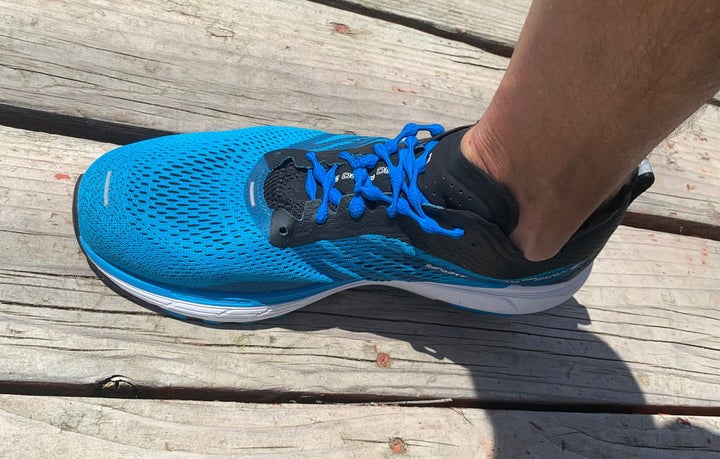
Harper notes, however, “It remains to be seen if the consumer in general is willing to handle the different aesthetic. If the goal is to make something the least amount of people dislike, you have to be really careful.” For many, the unusual look of alternative lacing is simply too much to ask. “Aesthetic is a key element,” Teipen agrees. “The lace needs to complement the overall design of the shoe. A flat lace or a round lace can work equally well, and patterns in the lace can bring extra interest to the shoe.” Image does matter—but if an alternative shoe-closure method can make a shoe more comfortable, perform better, and provide peace on the starting line or a technical trail, we’re willing to look a bit weird.


